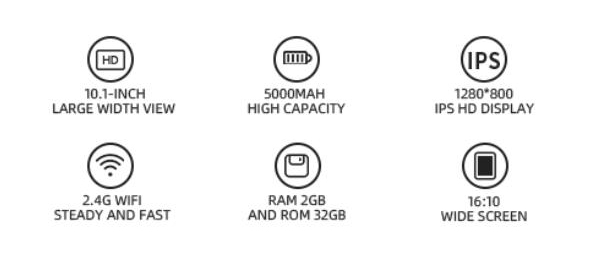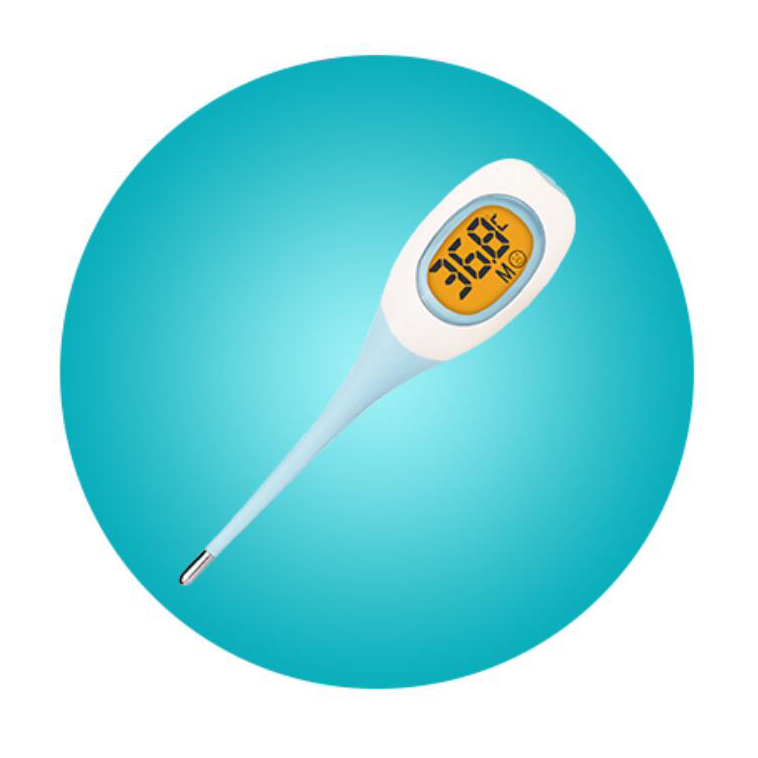Cyra-Lea Drummond, BSN, RN, is a writer and nurse specializing in heart health and cardiac care.
Heather Mercer is native to Northwest Ohio (go Walleye!) and graduated from Loma Linda University with two doctorate degrees (psychology and public health). She is currently a professor at Owens Community College, as well as a fact-checker for Verywell Health. She has gained experience in a variety of settings, ranging from corporate wellness and preventive medicine, to mental health, chronic disease, and end-of-life care. Most Accurate Thermometer For Adults

A recent research letter published in the Journal of the American Medical Association showed that forehead thermometers—called temporal thermometers—are more likely than oral thermometers to miss fevers in Black patients.
While the Emory University researchers behind the letter aren't the first to suggest forehead thermometers are imperfect tools, they're raising new concerns about the health disparities that temperature checks can create.
Hospitals often use defined temperature measurements for specific interventions, such a collecting a culture (say, a throat swab if you have a sore throat), administering antibiotics, and administering anti-fever medications. Patients with active infections and missed fevers may receive delayed treatment. The result? A worse outcome.
"We make clinical decisions based on vital signs. Suppose somebody has symptoms that are concerning for infection. In that case, a fever is one of the factors that might trigger the clinician to work the patient down a particular clinical pathway," Kelly Johnson-Arbor, MD, a medical toxicologist and co-medical director of the National Capital Poison Center, told Verywell. She was not involved with the study. "We are learning over time that there are significant limitations in how we practice medicine from a diversity perspective."
Forehead thermometers use infrared technology to measure the temperature inside the temporal artery. Tympanic, or ear, thermometers use the same technology to measure body temperature within the ear canal. These methods are popular because they provide immediate results with minimal contact.
"Many people gravitate towards the temporal thermometers because they are noninvasive, cause less pain, and are perceived as easier to use than other temperature measurement methods," Johnson-Arbor said.
Some parents may prefer to use temporal or tympanic thermometers on their children because they cause no discomfort and do not require the child to remain still.
But several factors could lead to an inaccurate reading from a temporal thermometer, like perspiration, medications, or medical conditions that cause blood vessels to constrict, Johnson-Arbor said. This latest research suggests skin pigmentation may be a factor, too.
However, the researchers can't explain exactly why it's a factor.
One hypothesis, according to a press release from Emory University, is that skin emissivity—how efficiently the skin emits thermal energy—could play a role in how accurately a temporal thermometer works. But they've been unable to definitely link emissivity to skin pigmentation.
Infrared thermometers may not be the only technology that inaccurately assesses patients with dark skin. Pulse oximeters may also miss low oxygen levels in Black patients.
Researchers found that in the study’s 2,344 White patients, both temporal and oral methods detected fever with equal reliability (about 10.8% of the time for temporal readings and 10.2% for oral).
In 2,031 Black patients, however, temporal and oral readings conducted simultaneously showed fever 10.1% and 13.2% of the time, respectively. Researchers excluded other ethnic groups, including self-identified Asian and Hispanic patients due to the small population size.
You don't have to abandon your forehead thermometer just yet.
Johnson-Arbor said that the temperature difference between study subjects using a temporal thermometer versus an oral thermometer was slight, and that body temperature will fluctuate throughout the day.
"Every medical test has its limitations, and just because a device can measure an individual’s temperature does not mean that the result is entirely accurate," said said.
In their letter, the researchers acknowledge that user error may cause inaccurate results.
"The racial difference found may stem from the medical device or from systemic mishandling of the device (eg, not scanning the forehead sufficiently)," they wrote.
Ultimately, the findings are a signal for more research.
"This study shows one of the limitations of the temporal thermometer. In many clinical studies, these devices were found to be less accurate than other means of temperature detection," Johnson-Arbor said. "We need more data on how this impacts temperature detection and management in diverse patient populations."
Oral thermometers are reliable and safe, though they may take longer than infrared devices. Digital oral thermometers are safer than glass thermometers since glass thermometers with mercury can cause mercury poisoning if they break.
Rectal temps are most accurate in infants and young children, but many parents fear they will cause discomfort and harm if their child cannot remain still.
"Some thermometers are more accurate than others," Johnson-Arbor said. "Follow the instructions on the package carefully when using any thermometer. If you have a second type of thermometer available, consider using it to confirm temperature readings that seem questionable."
If you opt to use a temporal thermometer at home, be aware they may not be as accurate as other thermometers. When seeking medical care for a fever, tell your provider which kind of thermometer you used. Do not delay seeking treatment for illness if you feel unwell but do not have a fever.
Bhavani SV, Wiley Z, Verhoef PA, Coopersmith CM, Ofotokun I. Racial differences in detection of fever using temporal vs oral temperature measurements in hospitalized patients. JAMA. 2022;328(9):885–886. doi:10.1001/jama.2022.12290
Haimovich A, Taylor R, Krumholz H, Venkatesh A. Performance of temporal artery temperature measurement in ruling out fever: Implications for COVID-19 screening. J Gen Intern Med. 2020;35(11):3398-3400. doi:10.1007/s11606-020-06205-2
Fong WWS, Yeo SK, Fook-Chong SMC, Phang JK, Sim E. Comparison of temperature readings using infrared thermometers at three different sites: Tympanic, forehead and temporal. Proceedings of Singapore Healthcare. 2021;30(1):41-43. doi:10.1177/2010105820935932
Sjoding MW, Dickson RP, Iwashyna TJ, Gay SE, Valley TS. Racial bias in pulse oximetry measurement. N Engl J Med. 2020;383:2477-2478 doi:10.1056/NEJMc2029240
Mogensen CB, Wittenhoff L, Fruerhøj G, Hansen S. Forehead or ear temperature measurement cannot replace rectal measurements, except for screening purposes. BMC Pediatr. 2018;18(1):15. doi:10.1186/s12887-018-0994-1
By Cyra-Lea Drummond, BSN, RN Cyra-Lea, BSN, RN, is a writer and nurse specializing in heart health and cardiac care.
Thank you, {{form.email}}, for signing up.

Touchless Thermometer There was an error. Please try again.